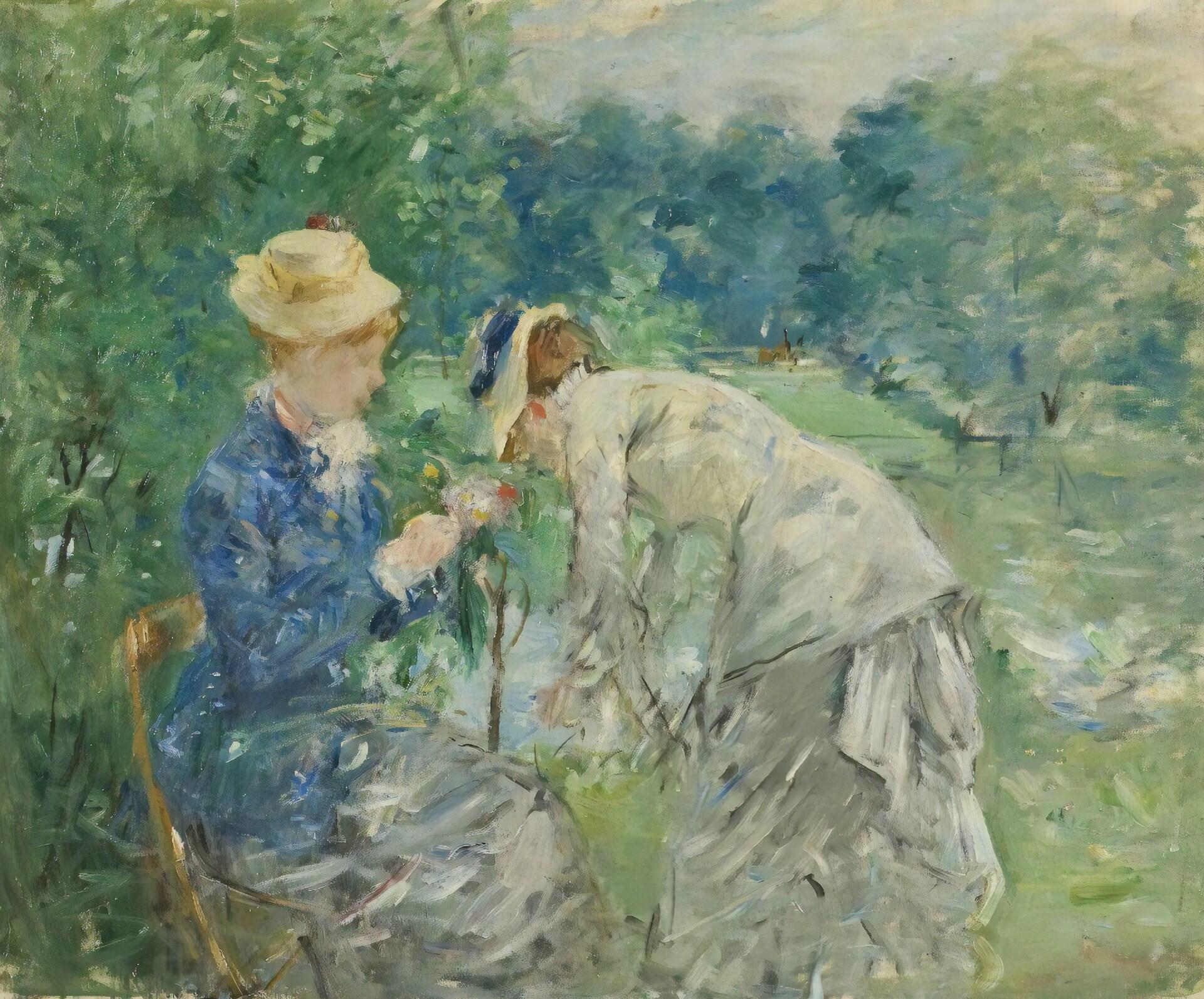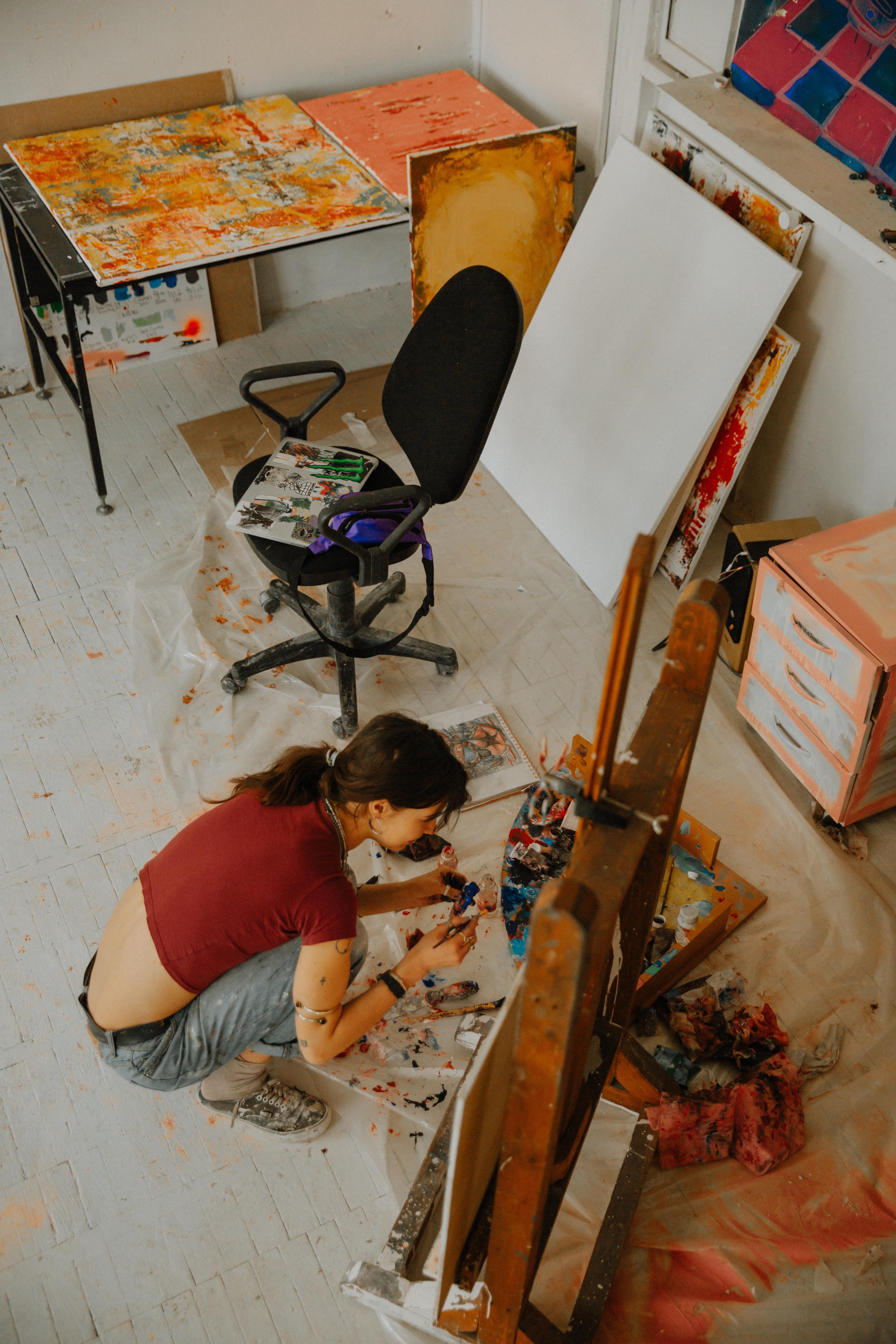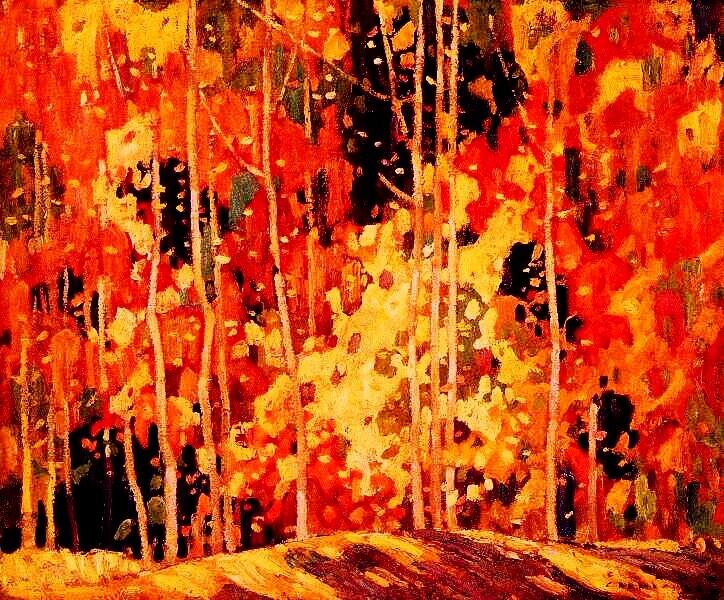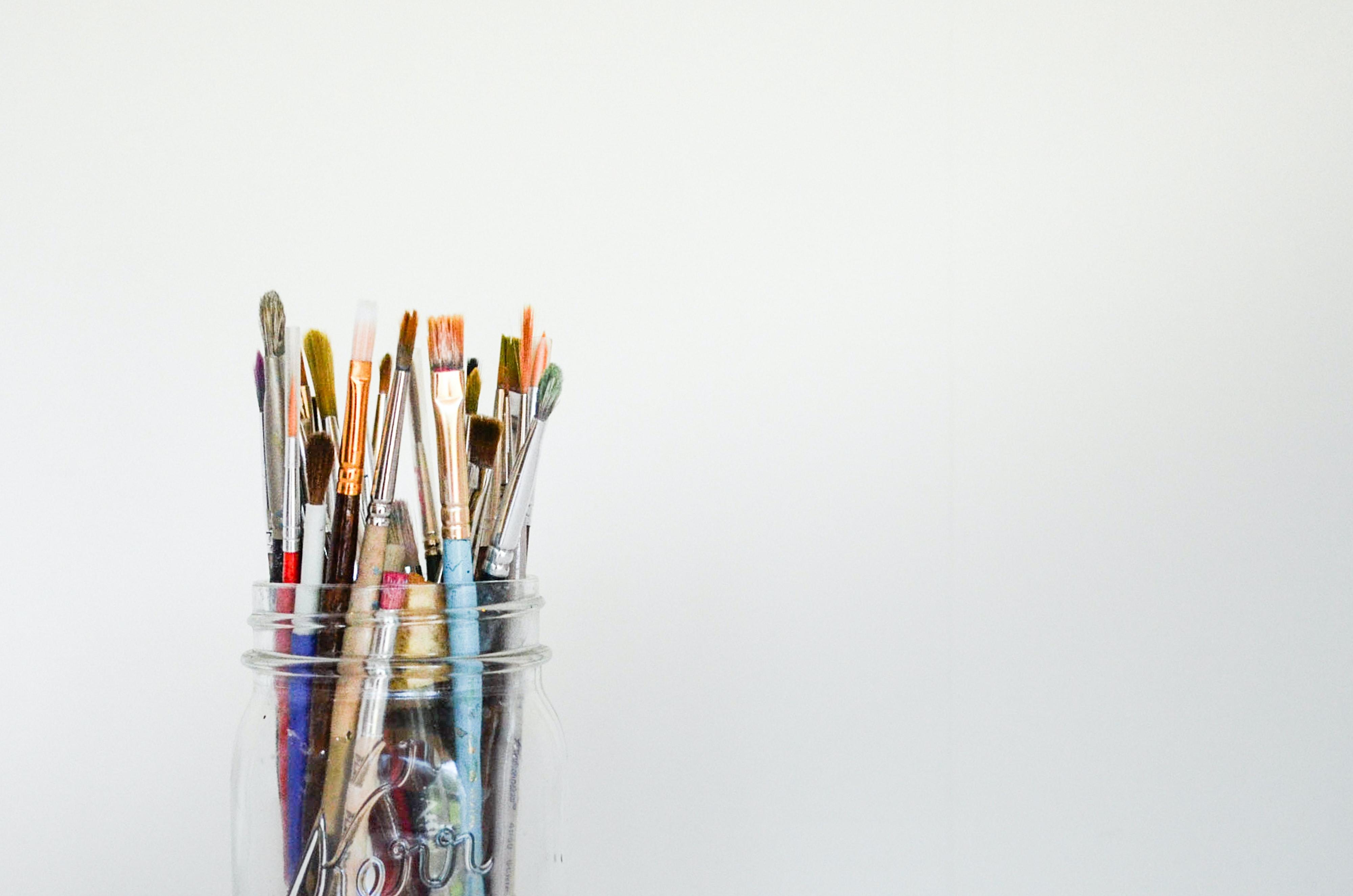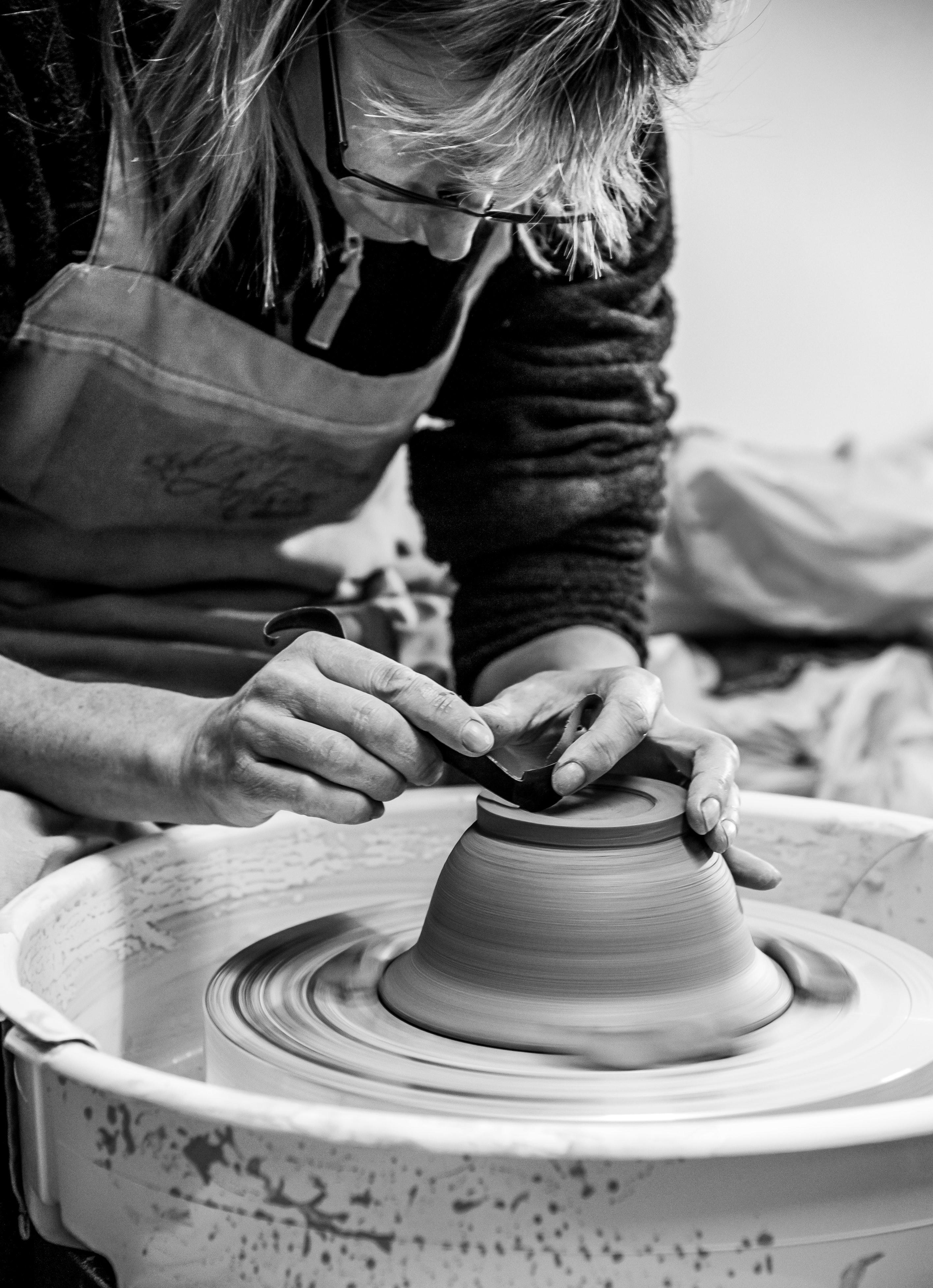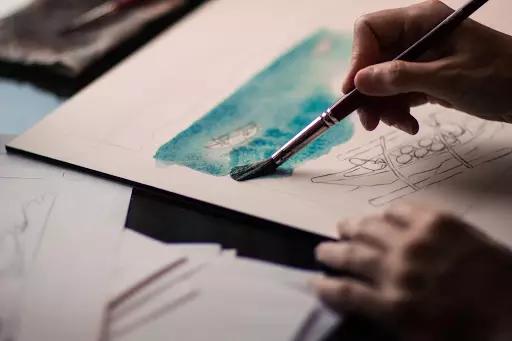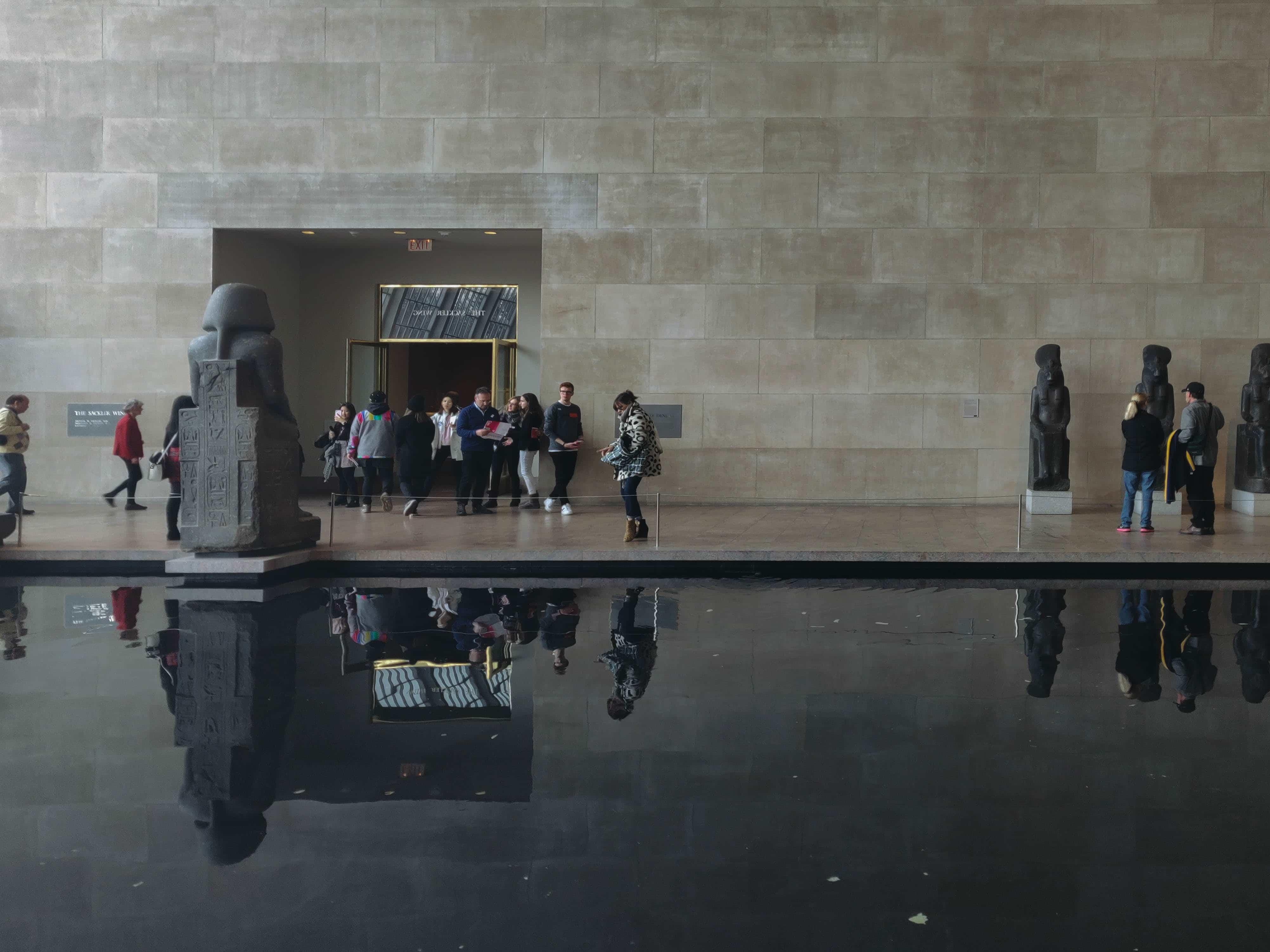A Guide to Major Art Movements
- The timeline of different art movements from 1600 to late 1970s
- Overview of art movements from the Baroque (1600) to Surrealism (1920s) and Pop Surrealism (1970s)
- Important artists and artwork from Baroque (1600) to Surrealism (1920s) and Pop Surrealism (1970s)
- Various art legacies and impacts from Baroque (1600) to Surrealism (1920s) and Pop Surrealism (1970s)
What do Van Gogh, Salvador Dali, and Carviaggo have in common? They are none other than key artists who have established themselves during different art movements in history — post-impressionism, realism, and baroque, respectively
Art movements have always been full of change, expression and often communicate the way that people perceive the world around them. In this article, we will explore an interesting range of art movements from different angles, especially in terms of their distinctive characteristics and aesthetic legacy.

⏳Art Movements Timeline: From Baroque to Surrealism
Before we get into the different art movements, let’s check out the timeline to see how they fit into history.
1600 to 1725
Baroque
1840s
Realism
1860s
Impressionism
1886 - 1905
Post-Impressionism
1912 and the interwar years
Expressionism
1920s-1950s
Surrealism
1940s
Abstract Impressionism
Late 1970s
Pop Surrealism
🌀Abstract Impressionism
Abstract Impressionism is an art movement that mixes ideas from Impressionism with abstract art. It was also influenced by the earlier movement called Abstract Expressionism.
✨Definition and origins in 1940s New York
This art movement originated in New York City in the 1940s, as a positional shift of the cultural center from Paris to New York after World War II. This term was popularized by painter and art critic Elaine de Kooning.
✨Key characteristics and techniques
Some of the key characteristics of Abstract Impressionism incorporate the techniques seen in Impressionism and also several abstract styles, such as:
- En Plein Air, where artists paint outdoors to observe natural lighting and the atmosphere
- Dynamic and non-linear composition
- Smaller and subtle brush strokes as opposed to thicker brush strokes
- Showcases a relationship between reality and the abstract through abstract forms and actual imagery
Abstract Impressionism showcases a more spontaneous and lighter artwork through softer colours and brush strokes, whereas Abstract Expressionism tend to show a deeper emotional abstract art through darker colours and themes without a fixed form.
🌅Impressionism
An art movement which emerged in France, Impressionists wanted to get out of the studio and into the fresh air; they wanted to allow inspiration to hit them using natural, spontaneous composition.
🌸What defines impressionist paintings
The themes of Impressionist paintings often centre around landscapes and everyday scenes with distinctive characteristics:
- Loose and visible brushstrokes with repetitive colourful strokes
- Paintings focus more on momentary, fleeting scenes instead of realistic details
- Painting is done outdoors, which makes the painting exposed to natural light
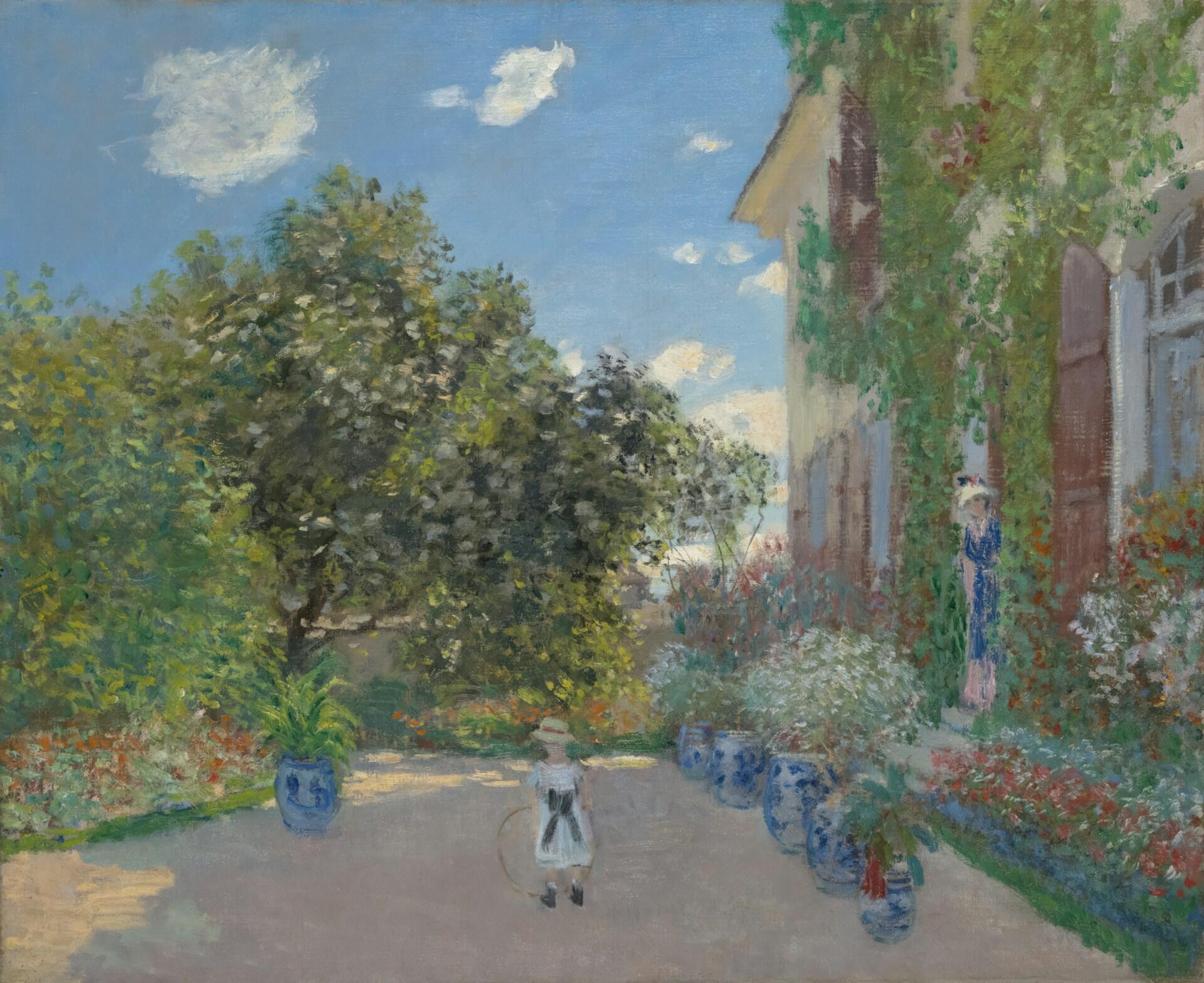
🌸Monet’s influence on Impressionism
The Water Lilies (Les Nympheas) by Claude Monet is undeniably a masterpiece that is well-loved till today. The surface of these paintings is rough when you look close up, but from afar, they appear smooth.
Monet's influence in his painting stemmed from the idea of permanence and impermanence, as well as his understanding of colour palettes and lighting. As what you see depends on where you stand, the water is the permanent foundation, but at the same time, it is ever changing. Impressionist painters often used this technique in their paintings.
🌸Legacy and transition to post‑impressionism
Impressionism marked the new era of depicting everyday scenes in a different light (pun intended), which emphasises natural expressions.
Its focus on repeated brush strokes and vibrant colours paved the way for visual and emotional experimentation for the Post-Impressionism art movement, which featured notable names like Van Gogh and Cezanne, which we will discuss later.
🌌Post-Impressionism
Post-impressionism is seen as a reaction movement towards Impressionism. The three keywords that come to mind when we talk about this art movement are structure, symbolism, and innovation.
🧑🎨Main ideas and evolution beyond Impressionism
While the artists during this movement embraced the originality the Impressionism, they wanted to defy its limitations of sticking to light colours and strokes and a fixed subject of painting, which extended to a single-dimensional portrayal of scenes (detachment) without strong emotional expression.
Structure
- Emphasis on order and composition
Strong Symbolism
- Convey personal meaning for interpretation
Innovation
- Build up on Impressionism's light and colour usage for emotional depth
🧑🎨Leading post-impressionist artists: Van Gogh, Cézanne
Now, let's talk about two famous artists during the post-impressionism art movement: Van Gogh and Van Gogh and Cézanne.
I don't know anything with certainty, but seeing the stars makes me dream.
Vincent Van Gough
Everyone often associates Van Gogh with his iconic painting Starry Night. An artist who is both technically skilled and emotionally expressive, he captures a perfect balance of bold brushwork (to create motion) and emotional symbolism (his personal struggles) through a vivid color palette in his depiction of a night scene.
On the other hand, Cézanne is known as the father of Post-Impressionism for introducing structure into his paintings by retaining the original form and shape of his subjects. This approach creates a sense of spatial depth and geometric balance, which is believed to have influenced the development of the future art movement, Cubism.
Post-impressionism is an extension of Impressionism through the emphasis on more structure, symbolic meaning, and colour innovation to create a painting with more form and emotional depth.

😱Expressionism
Expressionists wanted to move away from classically taught techniques and express their emotions on the canvas. Thick and swirling brushstrokes defined the style. Expressionist artists created a way to express themselves emotionally.
🖌️Key traits and philosophy
Here are some main traits of Expressionism:
- Raw display of intense emotions
- Focuses on subjectivity and personal philosophy
- Bold and vivid brush strokes to create a thick texture
- Heavier and darker themes of painting due to WW1 and the disorientation of modern society
Impressionism focuses on ordinary everyday moments using lighter colours and fleeting brush strokes, whereas Expressionism focuses on emotional depth expression using bolder colours and thicker brush strokes.
🖌️Famous expressionist artists
Here is a table detailing famous artists during the Expressionism art movement, and their famous paintings.
| Artist | Most Famous Painting | Background and Style |
|---|---|---|
| Edvard Munch | The Scream (1893) | Born in Norway, pioneer of Expressionism; explored psychological themes of anxiety and despair. |
| Ernst Ludwig Kirchner | Self-Portrait as a Soldier (c. 1915) | Born in Germany, uses vivid, angular forms depicting urban alienation |
| Wassily Kandinsky | The Blue Rider (1903) | Born in Russia; leader in abstract art and focused on inner emotionality |
| Franz Marc | Blue Horse I (1911) | Born in Germany; applies mystical, vibrant animal imagery to express spirituality |
| Egon Schiele | Portrait of Wally (1912) | Born in Austria, known for raw, provocative figure studies and psychological depth |
| Paul Klee | Castle and Sun (1928) | Swiss-German; blended abstraction and symbolism |
🎭Baroque
An art movement which began in 1600, Baroque artists were commissioned by the church and religious institutions to create extravagant artwork. Although not exclusively, the work highlighted the power of the Catholic church. Paintings, buildings, music, literature, and dance all expressed the style.
💫Baroque painting: definition and style
Baroque paintings are characterized by their emphasis on extravagance, featuring dramatic and dynamic details. These effects are achieved through the use of lighting techniques that manoeuvre through shadows (chiaroscuro) and darkness. The paintings often centre around movement and religious connotations.
💫Leading baroque artists
Of course, we cannot miss out on the artists who have demonstrated the Baroque style through their paintings during that era. Let's take a look at these three notable names:
Caravaggio
Anthony van Dyck
Rembrandt
💫Religious and dramatic themes in baroque art
Many artists during the Baroque art movement were under the patronage of the Catholic church, the royal family, and individuals from the noble society via commissions.
Baroque art was seen as a means to spread the influence of the Catholic Church among the public through buildings, sculptures, and paintings. That's why you have many paintings depicting saints and biblical narratives with a dramatic focus to draw people's attention.
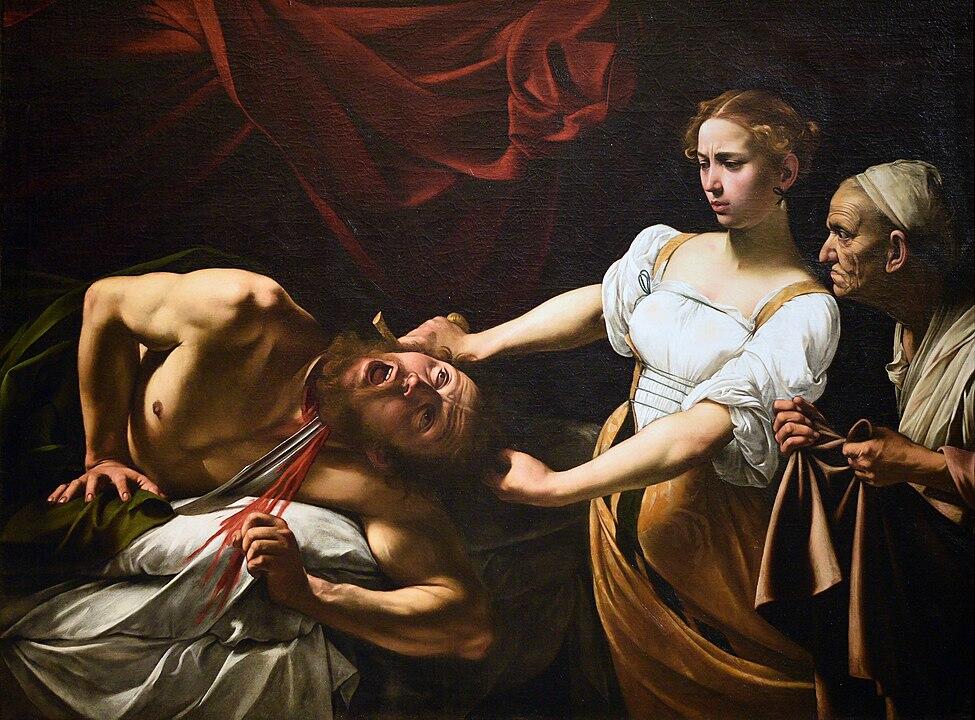
Judith Slaying Holofernes by Caravaggio shows a powerful moment from a story in the Catholic Bible. Judith, a brave woman, saves her town, Bethulia, by killing the Assyrian general Holofernes.
As he struggles, her maid helps hold him down, and Judith cuts off his head with his own sword.
Dramatic elements are heightened in Baroque art through light and shadow techniques, exaggerated movements to create an emotional impact and resonance, offering viewers a spectator perspective.
Carvaggio's patron was Cardinal Francesco Maria del Monte, Van Dyck worked with the English royalty, while Remembrandt was often commissioned by famous and elite individuals who worked as art dealers. That's why the themes of their paintings centre around the interests of their patrons or clients
🧑🏭Realism
Now, let's do a simple breakdown of Realism in terms of its art philosophy, differences with other art movements, as well as its social and political dimensions.
🏘️Realism philosophy in art
Realism adheres to the philosophy of capturing what is real and natural, as opposed to the previous popular art movement before it, Romanticism. Instead of portraying only a selection of people (in the form of idealization), Realism artists aim to portray ordinary people and their everyday life.
If romanticism focuses on portraying what things should be, then realism focuses on portraying what things really are. There are no elements of fantasy or imagination, but solely based on what the physical eyes capture — tangible and visible.
🏘️Contrast with Impressionism and Romanticism
To have a deeper understanding of Realism, it's best to also look at how it differs from these two art movements that were prominent during the 19th century.
| Aspect | Realism | Impressionism | Romanticism |
|---|---|---|---|
| Time Period | Mid-19th century | Late 19th century | Early 19th century |
| Philosophy | Depicts life truthfully and objectively; focuses on everyday reality and social issues | Captures fleeting impressions of light and color; emphasizes perception over detail | Emphasizes emotion, imagination, and the sublime; focuses on intense feelings and individual experience |
| Subject Matter | Everyday life and common people | Scenes from daily life and nature | Exciting, dramatic, and imaginative themes |
| Style & Technique | Detailed, often somber and naturalistic | Loose, visible brushstrokes; bright, unmixed colors; painted outdoors (en plein air) | Bold brushwork, vivid colors, dramatic compositions |
| Emotional Tone | Serious, sometimes critical or stark | Light, spontaneous, often serene | Intense, passionate, sometimes melancholic or heroic |
🏘️Social and political dimensions of Realism
Apart from cultivating a new form of creativity through paintings, the Realism art movement has actually sparked new ideas and awareness about poverty, injustice, and social divisions.
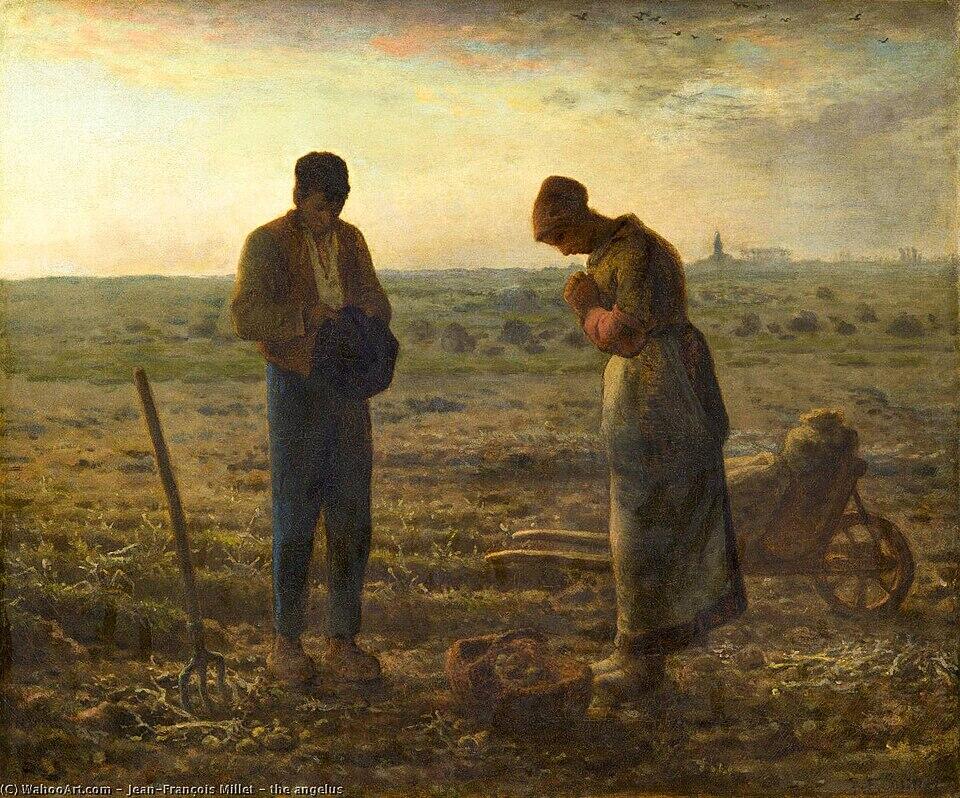
It becomes a tool of critique against the elite and those in power who have often exploited the lives of ordinary people, especially during the Industrial Revolution.
Some of the famous artists who were active during Realism include Gustave Courbet, Jean-François Millet, and Honoré Daumier.
👁️Surrealism
In the early 1920s, Surrealists were interested in dreams and the unconscious mind, inspired by Sigmund Freud's theories. They sought to explore and present their work without rationalising the images created. It stemmed completely from imagination and was art in its purest form.
🪞Surrealism art examples and symbolism
Many Surrealist artists attempted to bridge the gap between dreams and reality. That's why the art depictions are often vivid, often with a whimsical and symbolic twist.
Here's a table which showcases different Surrealism art examples and their symbolic meanings.
| Artwork | Artist | Year | Symbolism |
|---|---|---|---|
| The Persistence of Memory | Salvador Dalí | 1931 | Melting clocks represent ambigous nature of time |
| The Son of Man | René Magritte | 1964 | Apple covering face symbolizes hidden identities and mystery |
| Lobster Telephone | Salvador Dalí | 1938 | Lobster symbolizes sexuality and irrational connections |
| The Harlequin's Carnival | Joan Miró | 1924-25 | Playful forms and animated figures represent dreams and the subconscious |
| Elephant Celebes | Max Ernst | 1921 | Mechanical elephant figure could symbolizes the absurdity of dreams and also destruction |
🪞Key surrealism artists: Dalí, Magritte, Ernst
Now, let's look at three prominent artists during the Surrealism art movement.
Salvador Dali
René Magritte
Max Ernst
🪞How surrealism shaped modern and pop art
Surrealism has challenged the traditional notion of art by incorporating hyperrealistic elements and emphasizing imagination and spontaneity (automatism technique) in the future artistic style in modern and pop art.
An art technique where artists just create without conscious planning and movement to express hidden emotions and thoughts. It emphasises a lot on creating through the unconscious mind without deliberate decisions.
Modern and pop art are now more multifaceted. On one hand, they can have more psychological depth with layers of symbolic meanings. On another hand, the subjects of the paintings can centre around everyday objects and also a mixture of various media to create a unique visual art, as seen in the example of Andy Warhol's Campbell’s soup cans.
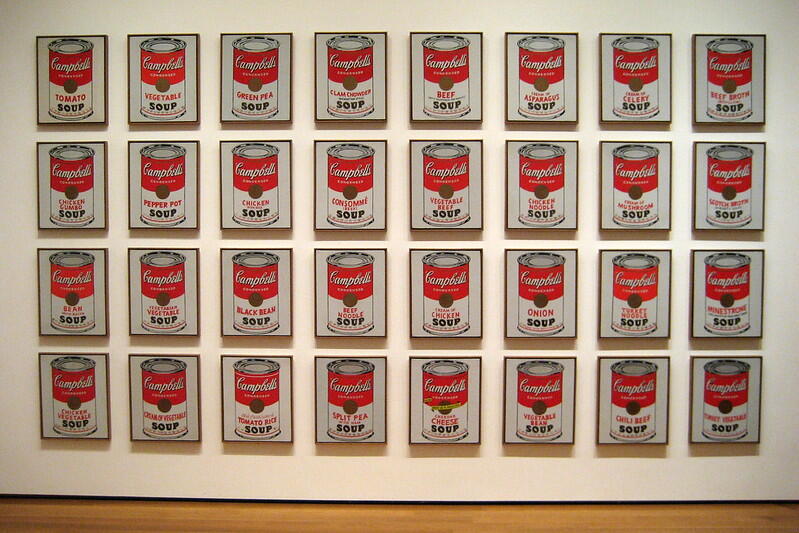
😺Pop Surrealism
Finally, let's talk about the characteristics of pop surrealism and its relationship with pop culture in general.
💥Emergence and characteristics of pop surrealism
Pop surrealism began in the late 70s, mainly in Los Angeles. It is an extension of the underground art scene and is often known as the lowbrow art movement. It highlights vivid imagery, which features cartoonish images, bright colours that centre around satire, humour or something accessible to the public.
Pop Surrealism has a playful focus centered on pop culture and imagery, while Classical Surrealism explores the illogical and centers on unconscious thoughts and inner psychology.
💥Pop culture, comics, and lowbrow art influences
Pop surrealism is viewed as a blend of high art techniques with lowbrow influences such as pop culture, comics, and other lowbrow art. Some examples include:
Global media
➡️Anime and manga
Street art expression
➡️ Graffiti art
Personal art and craft
➡️Tattoo art
If you are interested to learn more about the different art movements mentioned in this article, you can always hire an art tutor on Superprof to improve your theoretical and practical art skills, regardless of your learning level. Discover your artistic side with the guidance of an experienced tutor. Don't forget to have fun while you create!

